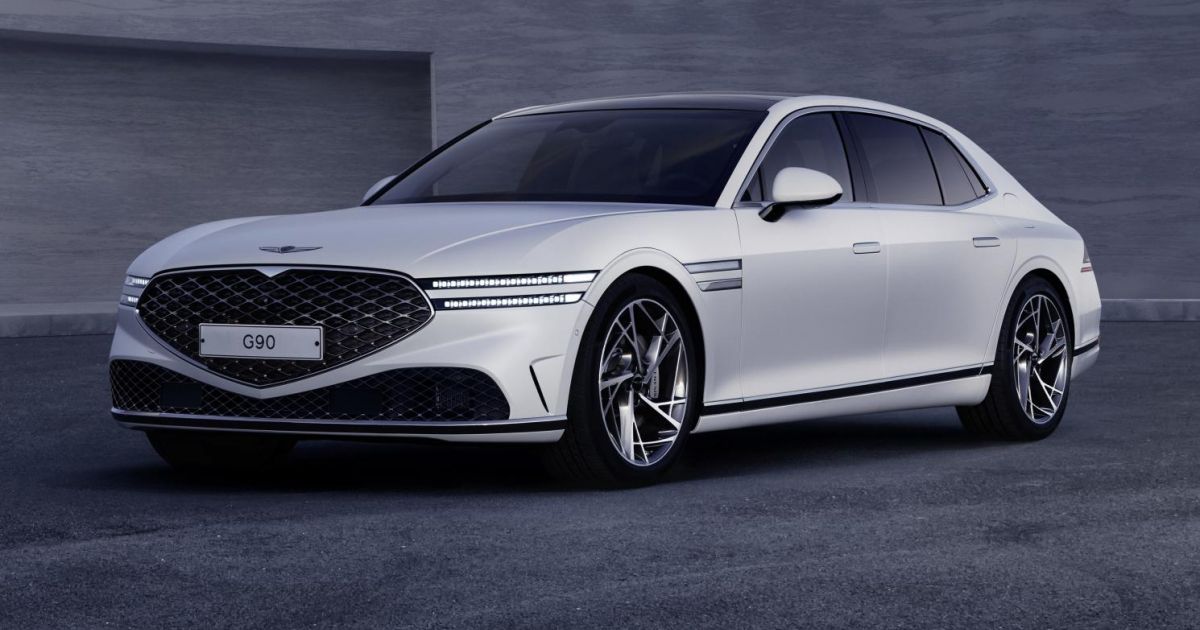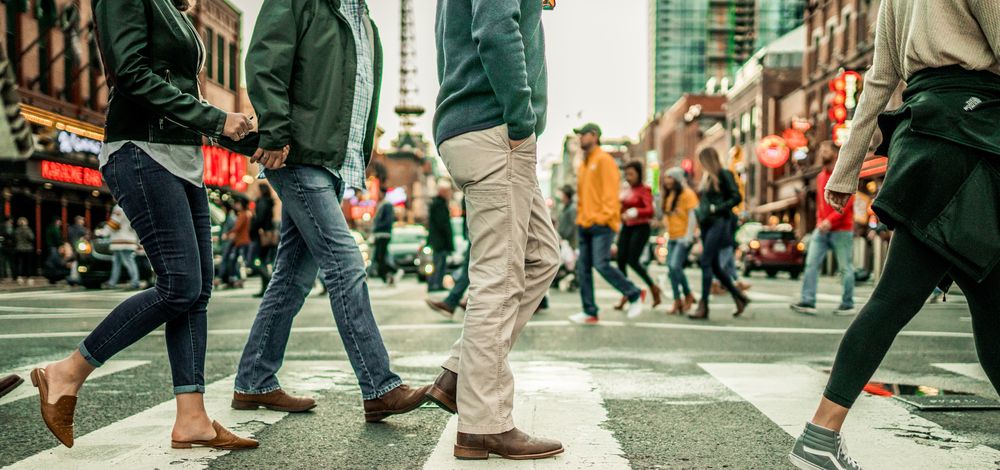I'll show you an example using Yandex localizing in the snow, and you tell me if that is what you mean by snowstorm rearranging the landscape.Say after a Storm the visualizations that the car uses against the mapping no longer exist. Say Fort Myers was mapped and self driving cars were operating in the city. Now a Storm rearranges the landscape so the visualizations don't match the mapping. Can the car still drive and find it's way
Localization layers can have information from radar, lidar, and feature extraction from cameras. That is why sensor fusion is used because not all sensor types fail in the exact same way which provides redundancy. I would also add that people shouldn't drive in a snowstorm or snow-covered roads that has not been cleared. I don't ever imagine Cruise or Waymo sending out their car in that type of condition even if they can localize accurately.
Another technology that is being researched is LGPR for autonomous driving which works well in snow.
Last edited:







